Haag Hall
Introduction
Text-to-speech Audio
Known as the Liberal Arts Building for its first decade-and-a-half, this campus building doubled the University of Kansas City classroom space when it was completed in 1937. The new building gave the school its first cafeteria in addition to classrooms to accommodate the school's enrollment which had grown from 260 students in 1933 to more than 800 students. In 1951, the anonymous donor who funded the building was revealed to be local philanthropist Lena Haag. Once this was revealed, the building was named in her honor.
Images
Haag Hall viewed from the campus quad
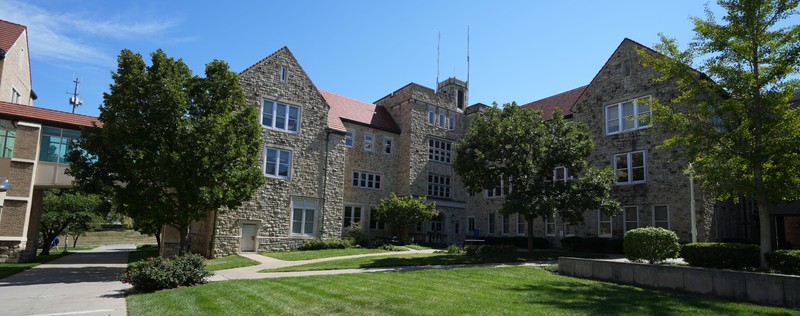
The Haag Hall memorial plaque, installed sometime after Lena Haag's death in 1951.
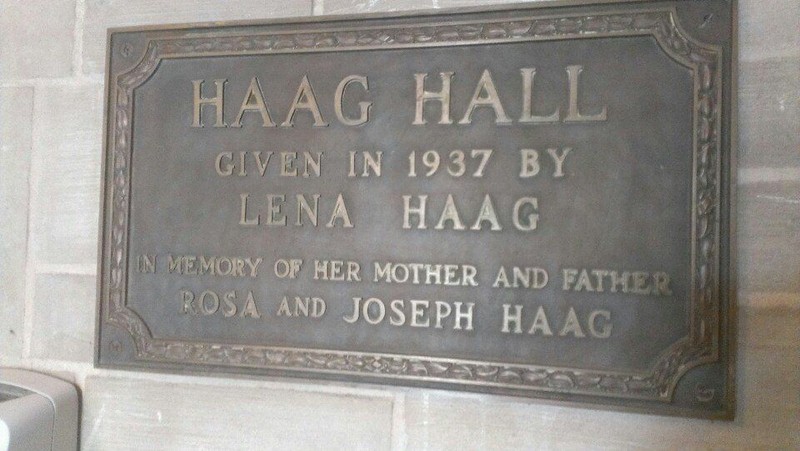
Entrance to Haag Hall
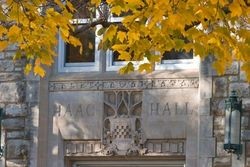
Lena Haag
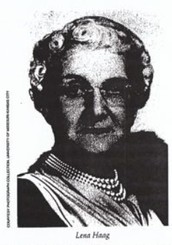
Second floor murals
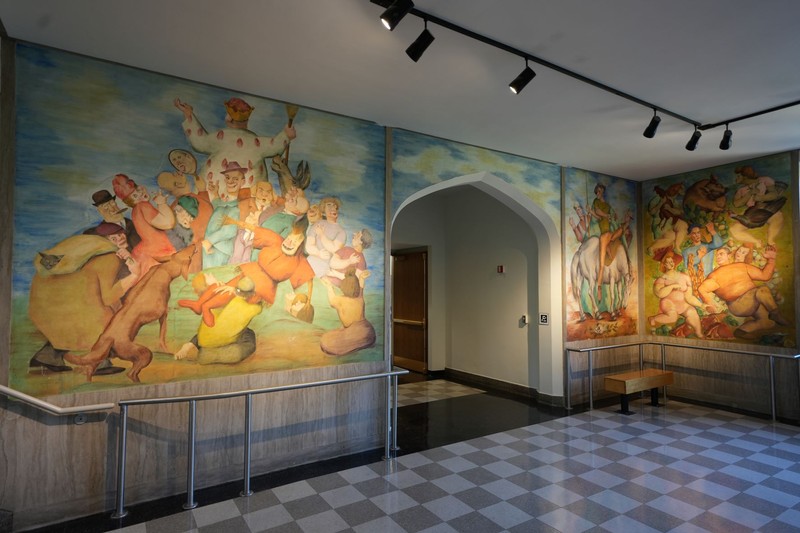
First floor entrance
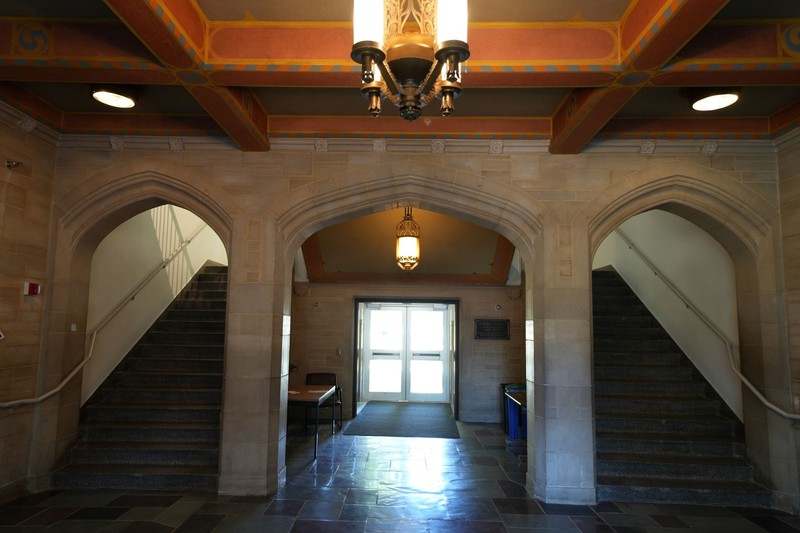
Backstory and Context
Text-to-speech Audio
Only four years after its 1933 founding, the University of Kansas City had grown from one building to a small campus with several new buildings and over eight hundred students. After the library was completed, the greatest demand was more classroom space and a cafeteria. Prior to the completion of this building, students ate in the attic of the Administrative Building which was becoming exceedingly cramped.
The new Liberal Arts Building, as it was known until renamed for the anonymous donor who funded it, met the need for a cafeteria while also doubling KCU's classroom space. The building was located next to the school's original entrance on Rockhill Road and given its location across from Scofield, Manheim, and Newcomb, the new building formed the quad that continues to shape the center of the UMKC campus.
Students, faculty, and the local media speculated about the identity of the anonymous donor. Given his support for the university and his propensity for making anonymous donations, many assumed William Volker was also the funder behind this building. Volker was quick to correct the record, but since he regularly denied involvement with his philanthropy, the man known as "Mr. Annonymous" was the presumed funder until 1951 when the will of another philanthropist, Lena Haag, revealed that she had shared her inheritance with the fledgling university when her father passed away. William Volker was still involved, as Lena Haag had come to him for advice about how she could honor her parents and then donated funds for the Liberal Arts Building along with $200,000 for scholarships. When all this was discovered, students requested the building be named after Lena Haad. Since then, it has been called Haag Hall. A memorial plaque with her and her parents' names on it was also installed in the building.
Sources
Wolff, Christopher. A Pearl of Great Value: The History of UMKC, Kansas City’s University. Kansas City, Missouri. UMKC Alumni Association, 2016.
Campus History: Haag Hall, KC Roo News. September 27th, 2010. Accessed September 10th, 2022. https://kcroonews.com/campus-history-haag-hall/.
Froehlich, Judy. Lena Haag, Find a Grave. Accessed September 10th, 2022. https://www.findagrave.com/memorial/54550684/lena-haag.
Photo by David Trowbridge
Find a Grave - Judy Froehlich
Find a Grave - Judy Froehlich
Find a Grave
Photo by David Trowbridge
Photo by David Trowbridge
